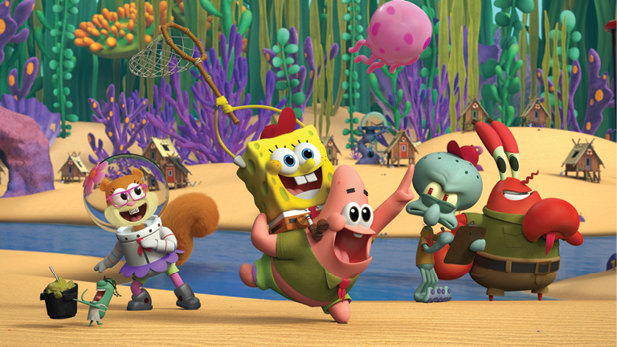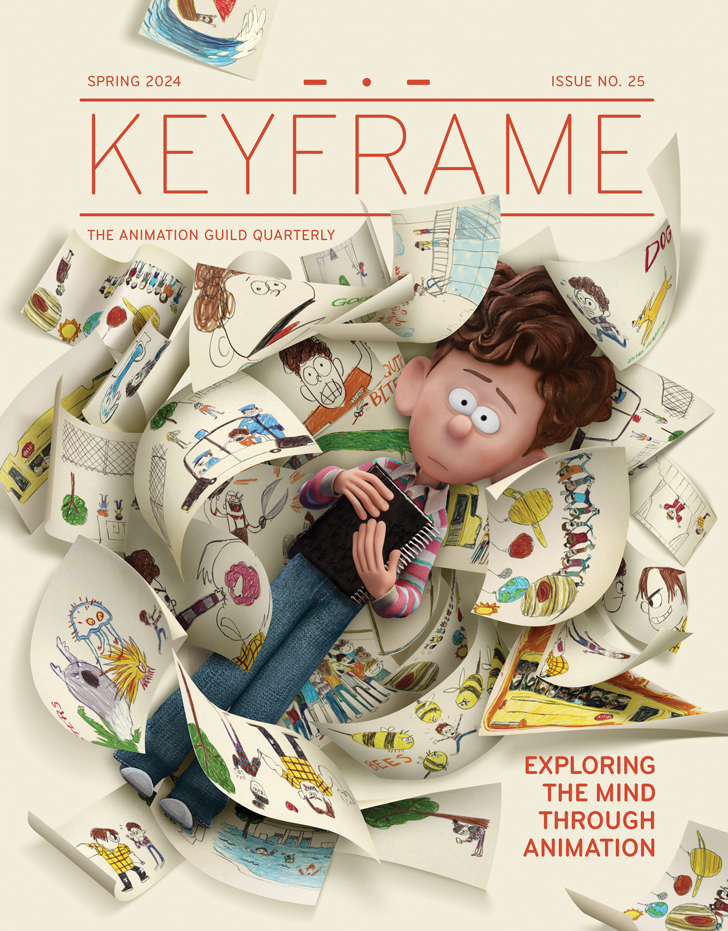This year The Jetsons celebrates its 60th anniversary. Looking back, it might seem that one of the reasons it stands out was because of how many seasons it ran. But that run was an illusion. In fact, the original show was produced for only one season, from the fall of 1962 to the spring of 1963. Just 24 episodes—but those episodes were rerun continually on Saturday mornings during the following decades, instilling a love for George, Jane, and the space-age crew across generations.
When The Jetsons first aired, “many people forget it was a nighttime show,” says Animation Historian Jerry Beck. The multi-Oscar-winning team of Bill Hanna and Joe Barbera had been let go by MGM in 1957, and “they decided to forge into the world of TV animation.” Until this point, TV cartoons were fillers on other children’s programs. Hanna-Barbera Productions changed that, “figuring out how to produce weekly half-hour shows with limited animation but highly stylized artwork,” Beck says. Their first major hit was primetime’s The Flintstones. Not long after came The Jetsons.
This was the optimistic, JFK-era of the Space Race, and The Jetsons offered a 1960s version of a push-button future based on popular science magazines and advances of the day. For example, frozen dinners became the show’s instant meals made by machines. “We had forerunners of what they would take to the next level,” says Beck. “That’s the appeal of The Jetsons. We wanted to imagine what it could be like to have a robot maid and that sort of thing.” Beck points out that no matter how times changed, The Jetsons somehow remained ahead in the future. Yes, we now have their flat-screen TVs, but we’re still not flying to work with jet packs.
Another part of the show’s lingering appeal is its futuristic-yet-nostalgic style. “On a production level, back in that early 1960s period, everything was hand-inked. They used that beautiful thick ink-line. And the color design on a show like The Jetsons is pretty cool because you might look at it now and go, oh, the color’s a little muted, pastel. But the thing is, that was intentional. They made the show in color, they produced it in color, they filmed the negatives in color,” Beck says, but even though The Jetsons was ABC’s first series broadcast in color, the majority of viewers had black and white TVs. “So they had to use a color palette that would read in black and white. Funny that a show about the future had to be adapted for our ancient TV sets.”
Years later, in the 1980s, two more seasons were produced, and a film came out in 1990. But it’s those original episodes that entered the cultural consciousness with their promising future that’s still ahead of us, waiting for us to catch up.







.png)